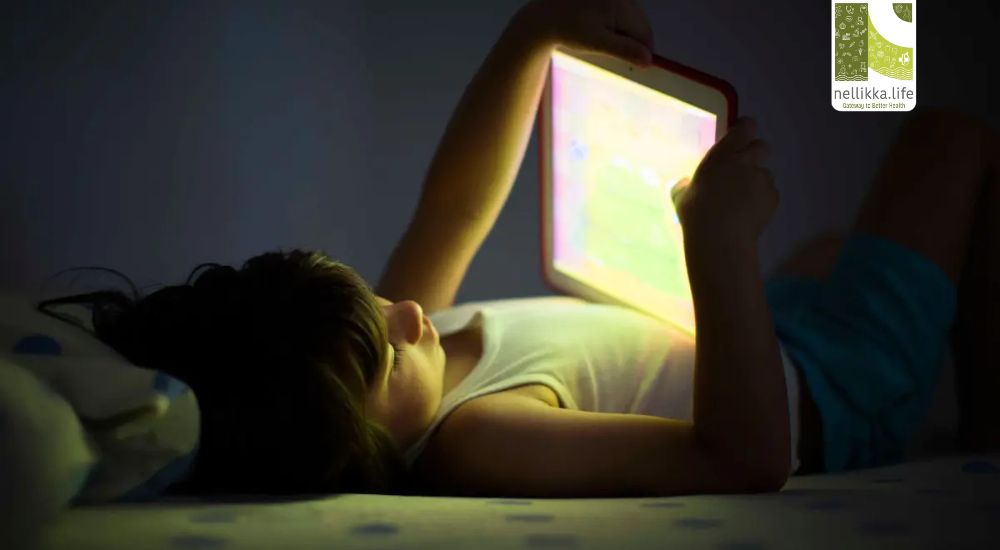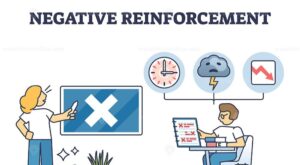The Dark Link: Addictive Screen Use Trajectories and Suicidal Behaviors

In a digitally driven world, our screens have become both our companions and captors. While technology has opened avenues for connection, learning, and entertainment, a growing body of evidence reveals a more troubling trend—the connection between excessive screen use and suicidal behaviors, especially among adolescents and young adults.
This blog aims to unravel this complex relationship, providing insights rooted in scientific research and psychological understanding.
Understanding Addictive Screen Use
Addictive screen use refers to a compulsive and uncontrollable urge to engage with screens—whether through smartphones, social media, video games, or binge-watching content. It’s characterized by:
- Loss of control over screen time
- Preoccupation with digital content
- Withdrawal symptoms when not using screens
- Neglect of personal, academic, or professional responsibilities
- Mood changes linked to online interactions
Unlike healthy screen use, addictive use often correlates with emotional dysregulation, sleep disturbances, reduced physical activity, and impaired social functioning.
What Are ‘Screen Use Trajectories’?
Screen use trajectories refer to the pattern and intensity of screen usage over time—ranging from early childhood through adolescence and into adulthood. Research shows that:
- Some individuals maintain moderate, healthy use.
- Others demonstrate increasing use over time, often tied to emotional or environmental stressors.
- A subset experiences a steep rise during vulnerable developmental phases (e.g., puberty, academic stress), with usage turning compulsive.
The trajectory of increasing screen use—especially in emotionally sensitive individuals—can lead to increased risk of mental health issues, including suicidal thoughts and behaviors.
The Link Between Screen Addiction and Suicidal Behavior
Recent studies, including one published in JAMA Network Open (2021), indicate that adolescents who engage in high levels of screen time are at a significantly higher risk of suicidal ideation and attempts. Here’s how the link manifests:
1. Emotional Distress & Cyberbullying
- Social media exposes individuals to cyberbullying, body image issues, and peer comparison.
- Feelings of isolation, rejection, and inadequacy are intensified online.
2. Sleep Disruption
- Blue light exposure and compulsive nighttime scrolling interfere with melatonin production, disrupting sleep.
- Sleep deprivation is a well-established risk factor for depression and suicidal ideation.
3. Reduced Real-Life Coping Skills
- Overreliance on screens reduces face-to-face interactions.
- Individuals lose touch with offline emotional regulation strategies, turning to screens instead of seeking help.
4. Neurological Impact
- Excessive screen use alters brain pathways related to impulse control, decision-making, and emotional regulation—especially in still-developing adolescent brains.
5. Social Withdrawal
- Addicted users may isolate themselves, deepening feelings of loneliness, which is a major contributor to suicidal behavior.
Evidence from Research
A longitudinal study published in PLOS ONE (2022) followed teenagers over four years and found:
- Participants with consistently high screen time reported greater emotional distress and suicidal ideation.
- Early intervention and screen-use education significantly reduced psychological harm.
A 2023 study in BMC Psychiatry highlighted that screen use patterns, when tracked over time (trajectories), were more predictive of suicide risk than isolated screen time measurements. The conclusion? It’s not just how much, but how consistently and why screens are being used.
How to Identify a Risky Screen Use Trajectory
Parents, educators, and caregivers should watch for:
- Escalating screen use despite consequences
- Emotional volatility after screen time
- Withdrawal from offline activities
- Changes in eating, sleeping, and social patterns
- Comments about feeling hopeless, worthless, or trapped
Strategies for Healthy Screen Use
1. Mindful Use
- Encourage breaks and non-screen hobbies.
- Use apps to track and limit screen time.
2. Open Communication
- Discuss emotions and online experiences openly.
- Create a non-judgmental space for adolescents to share.
3. Screen-Free Zones
- Bedrooms and dining tables should be screen-free.
4. Professional Support
- Early intervention with mental health professionals can significantly reduce suicide risk.
5. Digital Literacy
- Educate children and teens about the curated nature of social media and online deception.
The Role of Community and Family
Prevention begins at home and in schools. Healthy parenting, school-based emotional wellness programs, and safe digital environments are essential.
In India, platforms like nellikka.life strive to bridge the gap between mental health awareness and accessible support. Promoting digital well-being is a shared responsibility—one that starts with recognizing screen addiction as a genuine public health concern.
While technology is here to stay, how we use it defines our health and humanity. Recognizing the trajectory of screen use, rather than reacting to its extremes, can save lives. Early awareness, compassionate conversation, and supportive intervention are the keys to preventing screen-driven mental health crises and suicide.
Let us build a digitally mindful generation—one tap, one thought, and one choice at a time.
References :
1. Smartphone screen time and suicide risk in daily life captured through high-resolution screenshot data
2. Associations between screen time and lower psychological well-being among children and adolescents: Evidence from a population-based study
3. Shared Genetic Risk in the Association of Screen Time With Psychiatric Problems in Children




